F1 Visa Revocations Raise Concerns as Foreign Students Boost U.S. Growth
Boundless Immigration Report Reveals Surge in U.S. International Student Contributions
The substantial economic and social impact of international students in the US is highlighted in the 2025 Boundless Immigration report. Foreign students attending US colleges and universities contributed a total of $43.8 billion to the US economy during the 2023–2024 academic year. This number, which represented a 9.5% rise from the year before, demonstrates the expanding number and impact of international students in the US. The same report also showed that US international students supported over 378,000 jobs in sectors such as education, retail, and services, with significant emphasis in states such as California, New York, Texas, Massachusetts, and Florida.
Criticisms, however, have been levelled against recent policy changes under the current administration.
Authorities have reportedly been revoking more than 6,000 F1 student visas since January due to reasons such as overstaying visas and alleged criminal activity. A smaller number were due to national security reasons. Those are part of a broader effort to limit the American student visa system, including capping the amount of time some visa types can remain and expanding social media monitoring. CEO of Boundless Immigration, Xiao Wang, fears that such actions would dissuade prospective students from considering American universities for foreign students at a time when certainty about entry, graduation, and post-study work opportunities is zero. He thought that restrictions on institutions like Harvard University's foreign students, along with more stringent admissions policies, would drive students to alternatives like Canada, the UK, or Australia. Wang warned that the change could result in a loss not only of economic investment but of intellectual talent and minds as well.
The report noted that students from Asia accounted for more than 70 per cent of the U.S. total, with India and China combined representing nearly half of active Student and Exchange Visitor Program records. Many of these students pursue STEM degrees, and in 2024, nearly 195,000 obtained work authorisation under the Optional Practical Training program. Of those, over 95,000 received STEM OPT approvals, and leading employers were major tech firms such as Amazon, Google, Microsoft, Meta, and Apple.
The Department of Homeland Security has brought new rules into effect that would impose four-year bars on student, exchange, and media visas. These changes, announced in the Federal Register, are all part of ongoing efforts to reshape visa categories and strengthen immigration controls. In the meantime, the future of liberal arts colleges inside the U.S., and the overall atmosphere of university campuses in the U.S., can be ascertained by what is going to happen to policies balancing national security with the benefits of international education.
In short, since international students keep playing a significant role in the U.S., revising visa policies can determine their selection and shape the future of higher education in America.
Editor’s Note
The findings from the 2025 Boundless Immigration report offer a compelling reminder of the vital role international students play in shaping the U.S. economy and academic landscape. With a staggering $43.8 billion contributed during the 2023–2024 academic year and over 378,000 jobs supported across sectors like education, retail, and services, the presence of foreign students in the United States is not just beneficial, it’s essential. However, the recent visa policy changes and tightened rules for international students, including the revocation of more than 6,000 F1 student visas, questioned the future contribution of these students. The proposed four-year visa limits and expanded social media screening add further uncertainty, especially for those pursuing long-term academic and professional goals. Xiao Wang's caution is well-timed and sound. If students start to prefer nations such as Canada, the UK, or Australia over the U.S., America will not only lose short-term dollars but also its future spark and innovation that fuel it. The effects on universities like Harvard University and liberal arts colleges in the U.S. would be dramatic, particularly since STEM graduates, many of whom find a place at major tech companies, already face more hurdles.
From Skoobuzz's perspective, America needs to achieve a balanced policy that secures its borders without stopping the world's best minds from entering. Education needs to be a bridge, not a border. If policies are made overly restrictive, their effects will be felt far more than in admissions offices; they will reach research labs, new companies, and communities that prosper on international interchange. The worth of international students is apparent. The question now is whether America will continue to welcome that worth or stand to lose it elsewhere.
FAQs
1. How are U.S. colleges supporting international students?
U.S. colleges offer a range of support services for international students, including orientation programmes, academic advising, language support, and career counselling. Many universities have dedicated international offices to help students with visa guidance, housing, and cultural adjustment. On-campus activities, student clubs, and peer mentoring also help foreign students feel welcome and included in university campuses in the U.S..
2. What challenges do foreign students in the U.S. face?
Foreign students in the United States often face challenges such as visa uncertainty, cultural differences, and high living costs. Adjusting to a new education system and managing academic pressure can be difficult. Some students also struggle with limited work opportunities during and after their studies due to strict visa rules. In recent years, changes in immigration policies have added to the stress, making it harder for students to plan their future.
3. Is it easy for international students to stay in the U.S. after graduation?
Staying in the U.S. after graduation is possible but not always easy. Students on an F1 student visa can apply for Optional Practical Training (OPT), which allows them to work for up to 12 months. Those in STEM fields may get an extension of 24 months. However, finding an employer willing to sponsor a work visa can be challenging. Many students face uncertainty about long-term stay due to changing immigration rules and limited visa options.
4. How does F1 student visa policy impact U.S. international students?
The F1 student visa policy directly affects how long students can stay, work, and study in the U.S. It allows full-time academic study and limited on-campus work. After graduation, students can apply for OPT, but the process is strict and time-sensitive. Recent proposals to shorten visa durations and increase screening have made students more cautious. These changes can influence their decision to study in the U.S. or look for alternatives.
5. Which U.S. universities have the most international students?
In 2024, the U.S. hosted around 1.58 million international students, with nearly half studying in five states: California, New York, Texas, Massachusetts, and Florida. California alone accounted for 14.6% of the total. Universities such as New York University, University of Southern California, Columbia University, and Harvard University have some of the highest international enrolments. These institutions are popular for their academic reputation and strong global networks.







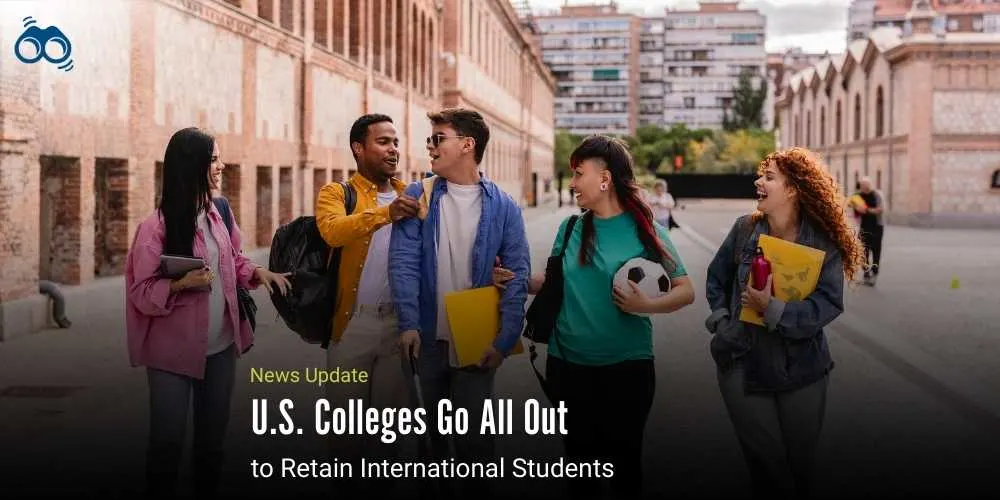

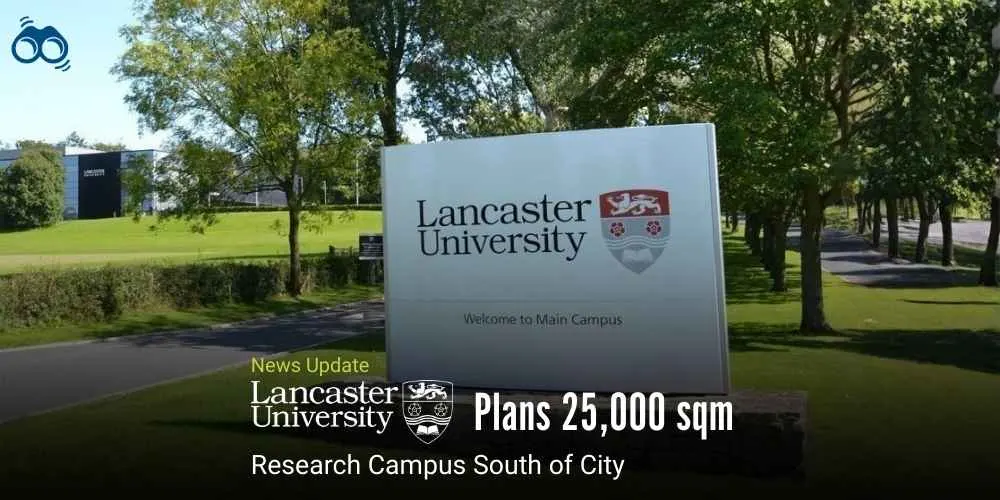
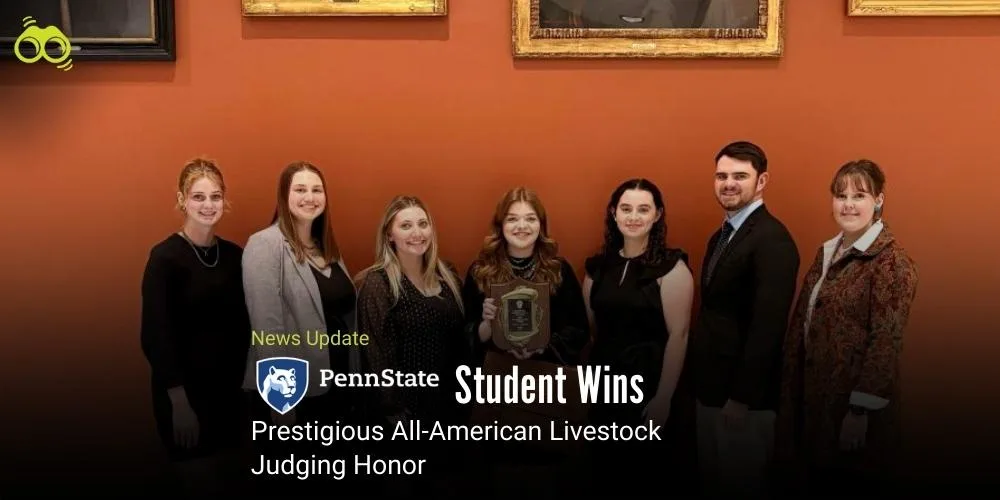
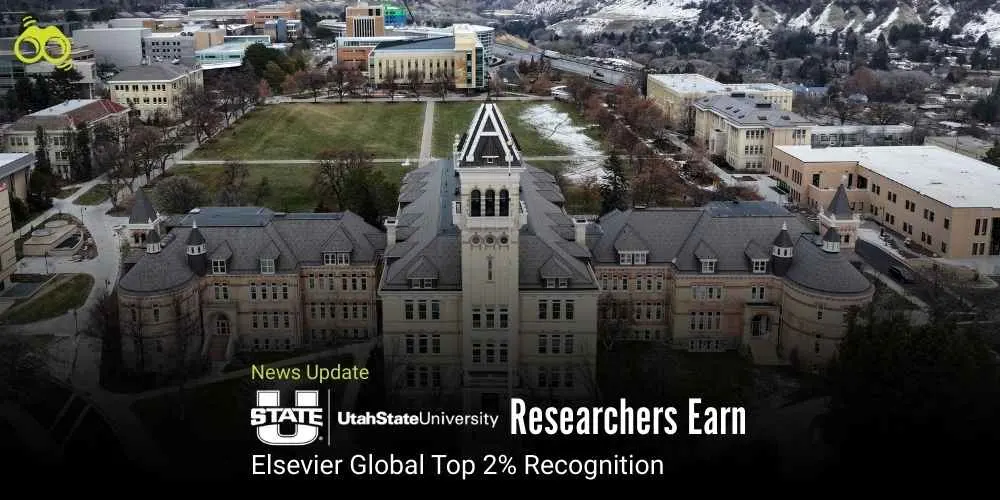
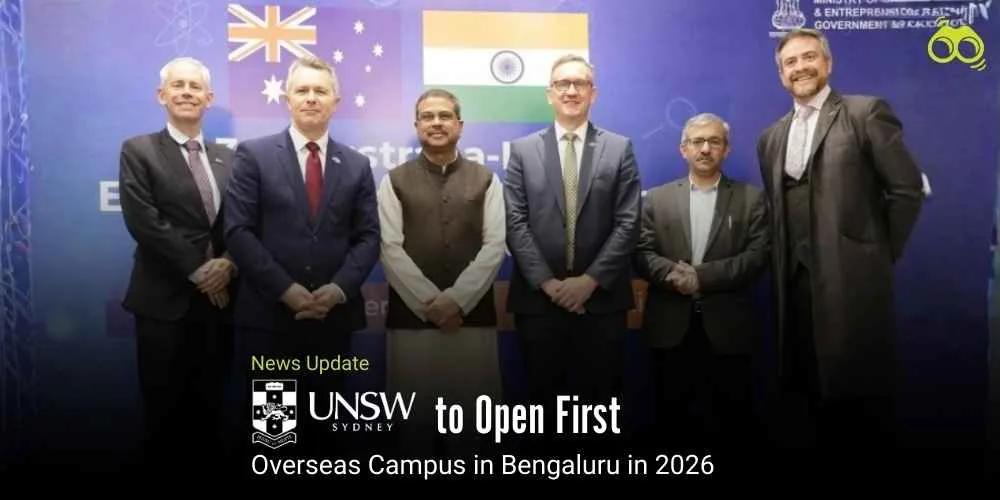

0 Comments (Please Login To Continue)